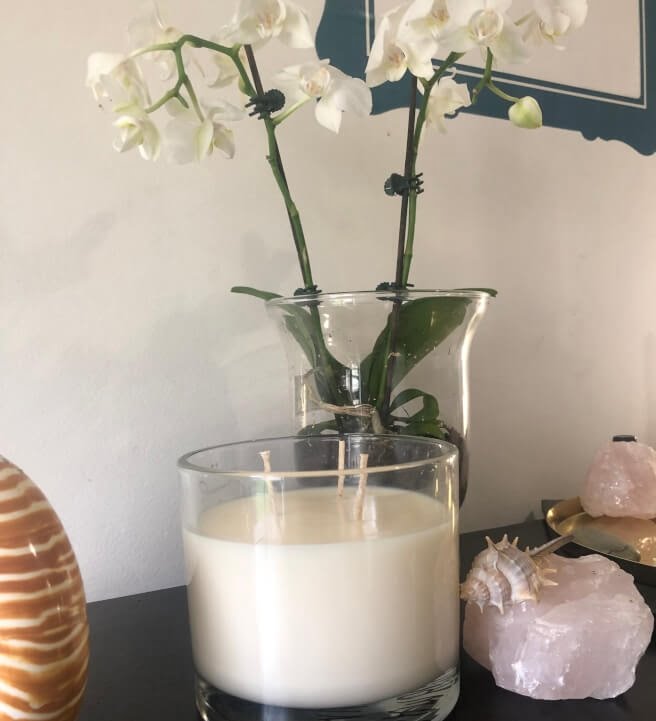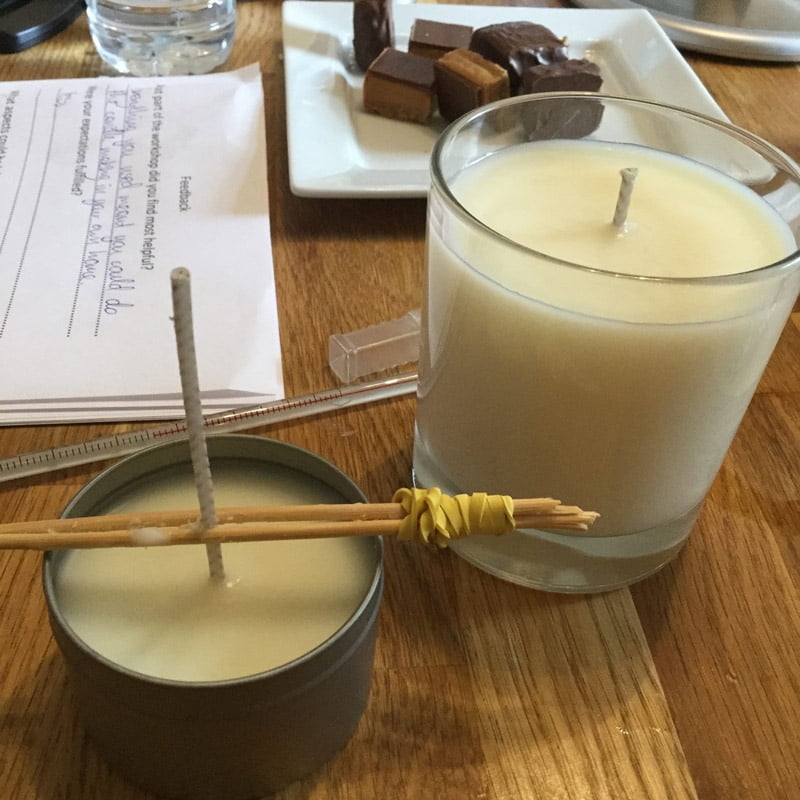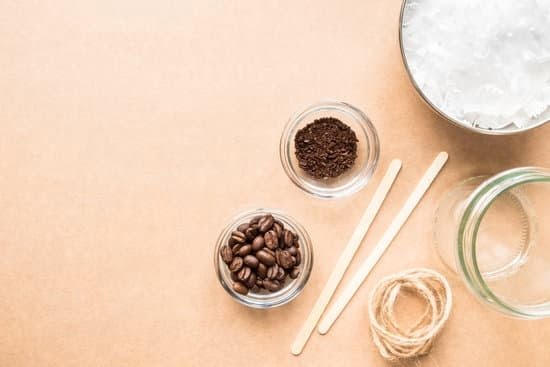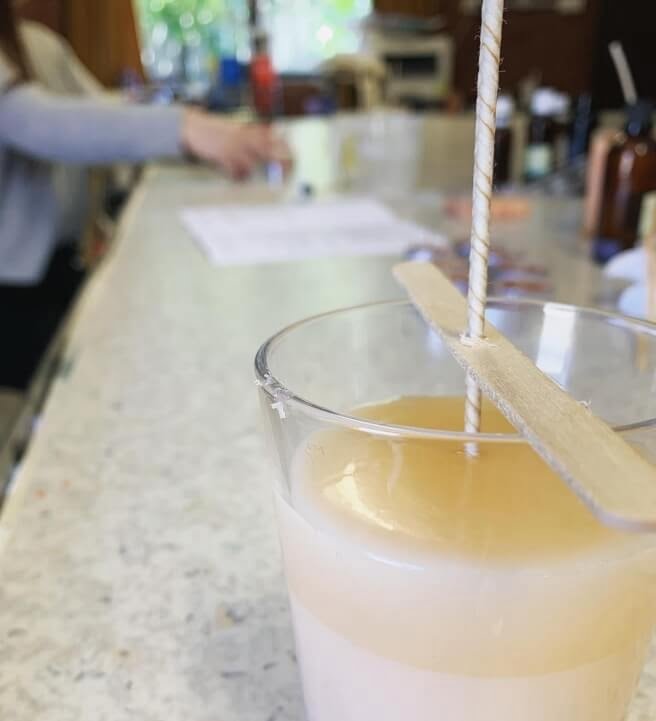Introduction To Candle Making
When it comes to candle making, adding scent is a great way to amplify the beauty and benefits of your product. Adding essential oils or fragrance oils can enhance the atmosphere of any space giving it a heavenly aroma that evokes feelings of relaxation and wellbeing. Candle makers typically add the scent when the wax has cooled down to just above its melting point (approximately 145-150 degrees Fahrenheit). At this temperature, the fragrance oil will not evaporate so quickly and allows for a greater scent throw once it burns. It is also important to ensure all ingredients are thoroughly mixed before pouring the wax into the container. This ensures that every single candle has an even distribution of scent, and will also prevent hot spots in your wicks – something that could cause further problems like tunneling or sooting when burning. For best results, it’s recommended to use between 8-10% fragrance oil by weight depending on your preferred strength.
Understanding the Different Types of Natural Candle Waxes
Candle making can be a fun and creative pursuit, but getting the perfect scent for your candle is paramount to success. Fortunately, there are several different types of natural wax available to make candles that won’t just look stunning, but smell amazing as well. To ensure you get the right scent for your candle, it’s important to understand what type of natural wax you’re working with and when to add the scent properly.
The most popular types of natural waxes used in candle making are soy wax and beeswax. Soy wax is harder than beeswax and burns longer, while beeswax has a richer texture and creates a higher flame when burned. Depending on the type of wax used, the process of adding scent will differ slightly when making candles. Generally speaking, it’s best to add essential oils or fragrances after melting the wax at temperatures ranging from 120-170 degrees Fahrenheit (for soy) or 125-145 degrees Fahrenheit (for beeswax). This is because adding any sort of additive before then may cause oil separation or crystallization in the mixture. Fragrance mixtures should generally always be added post melting. If a soy wax blend is used, it’s recommended that stabilizers like stearic acid be added prior to melting away since these ingredients lessen frosting and aid in creating an even burn for your finished product. With all that said, knowing when it’s ideal to add scent during the candle making process will depend largely on which type of natural wax you’re using. Experimentation and practice will be key until you’ve found the perfect recipe!
How To Determine the Optimal Temperature For Adding Scent
When it comes to pouring scent into candle wax, the optimal temperature will depend on the type of wax you are using. Generally speaking, scent additives should not be added if your candle wax is above 125 degrees Fahrenheit, as this could cause the raw components to evaporate instead of blended properly with the molten wax. For a standard soy-based wax, it is recommended that you wait until your melted wax has cooled to just below 125 degrees Fahrenheit before adding any scent; usually between 110 and 120 degrees Fahrenheit.
Additionally, adding your scent too soon can sometimes create an uneven mixture due to insufficient time allowing the two components to properly blend together. To help ensure your scent is fully incorporated into the candle foundation, slowly introduce it when your melted wax is between 90 and 110 degrees Fahrenheit. This should give enough time for both ingredients to evenly mix and completely emulsify. The final result will be a well-blended aromatic candle that scents up the room whenever lit!
Benefits of Using Essential Oils in Wax
Essential oils are a great way to add both scent and additional benefits to your candle making. Depending on the type of wax you’re using, there are different ways that you can incorporate essential oils. For most types of wax ” especially beeswax candles ” you should add the oil at the “cool down” stage. This will prevent burning off of the fragrance during the pouring process. By adding essential oils in your candle making, you can enjoy aromatherapy benefits such as relaxation and clear breathing. Essential oils can also be general antifungal, antibacterial and antiviral agents depending on which aroma is used; meaning they may even kill airborne germs to leave your home smelling fresh and clean! Additionally, essential oils boost immunity and promote better sleep when used in a room diffuser or in candle form.
Pros & Cons of Adding Scent During Warmer Or Cooler Temperatures
Adding scent during warmer temperatures has some advantages. For one thing, the wax will liquefy more quickly, allowing for greater longevity of the scent. On the other hand, you may identify some discoloration in your finished candles if the wax is too hot when you add the scent, as this can cause it to fade or alter its hue. In addition, there is a chance that adding fragrances to warm wax could break down certain elements of it and make it unstable.
One advantage of adding scent to cooler wax is that it reduces the risk of discoloration in your finished product. Additionally, colder temperatures may increase the candle’s retention of scents. On the downside, adding fragrance to cool wax may result in an uneven distribution of scent throughout the candle and a shorter duration of aroma retention.
Additional Tips For Including Fragrances & Aromas in Candle Making
When including scents in your candle making, it is important that you fully understand the process.
A good rule of thumb is to add your scenting ingredients right before you pour your wax into the container. This is because scenting ingredients tend to evaporate quickly, and so waiting until the last minute ensures that you retain as much aroma as possible within your candle. When measuring out aromas for the candles, be sure to follow the suggested ratios given by each aroma producer as some scents can be overwhelming if utilized incorrectly. It might help to have a pair of scales to precisely measure weight amounts of fragrance oil and avoid any kind of wastage. Also, keep in mind that when melting wax for candles, temperatures can range from 120 degrees Fahrenheit for beeswax all the way up to 180 degrees Fahrenheit for soy/paraffin wax mixtures. Be sure not to exceed this range so that essential oils do not break down, while cold-throw fragrances should generally be added at drip or pour temperature so they fully incorporate with the candle wax and disperse evenly throughout. Additionally, incorporating some sort of colorant into your wax mixture can help reinforce the desired scent in many cases, as different colors tend to evoke certain moods or feelings depending on what exactly they are associated with usually through past experiences.
Popular Alternatives To Adding Scent To Your Candle Making Process
When adding scent to your candle making process, it’s important to make sure you add it at an appropriate time. Soapmakers typically recommend adding scent to the melted wax base when the temperature reaches 180-185°F/80-85°C. This ensures that the fragrance will remain in the candles and not evaporate during cooling.
For those wishing to make candles without any added fragrances or oils, there are several popular alternatives. The first is using dried herbs and flowers, which can be steeped in hot water then strained and added directly to hot melted wax. Secondly, essential oils can be used in small amounts at lower temperatures (about 140-150˚F/60-65˚C) to add a light scent without overpowering the natural smell of wax. Finally, powdered spices such as cinnamon, nutmeg, and ginger can be sprinkled on top of the cooled liquid candle mixture before pouring into a mold for added interest and aromatics.
Takeaways & Concluding Thoughts
When it comes to deciding when to add scent to the candles being made, it really depends on the type of wax being used. If it is a soy-based wax, then including the fragrance prior to pouring is recommended. This offers more control over how strong the scent will be once the candle is lit. For paraffin waxes, adding fragrance towards the end of the mixing process before pouring works best since paraffin has a higher melting point and can mutilate some fragrances. A good tip is to always consult with each particular wax’s instructions prior to adding any additives.
To get the most out of your candle-making experience and ensure that your end product offers a pleasing aroma, experiment with different scents at varying amounts dependent on personal preference. Knowing your audience can also influence what type of scents you use for now or future batch making endeavors. Takeaways from this lesson include knowing which kind of wax works best for achieving smell results as well as when in terms of durig the wanxing process it should be added accordingly.. To conclude, aromas in candle making depend on many factors like type of wax used and understanding how such containers react with specific smells at different stages of preparation can make all the difference in making higher quality aromatic products that are compellingly marketable.

Welcome to my candle making blog! In this blog, I will be sharing my tips and tricks for making candles. I will also be sharing some of my favorite recipes.





